- About us
- Support the Gallery
- Venue hire
- Publications
- Research library
- Organisation chart
- Employment
- Contact us
- Make a booking
- Onsite programs
- Online programs
- School visit information
- Learning resources
- Little Darlings
- Professional learning
One of Australia's most acclaimed contemporary artists, Tracey Moffatt grew up in Brisbane and moved to Sydney after studying at the Queensland College of Art. She worked in photography, video and filmmaking, helped establish the Boomalli Aboriginal Artists Cooperative, and was part of the group of creatives engaged in reshaping the representation of First Nations peoples in the visual and performing arts. When Moffatt photographed him in 1985, Yolngu man David Gulpilil AM (1953-2021) had already appeared in several major film and television productions, including Walkabout (1971), Storm Boy (1976), The Last Wave (1977) and The Timeless Land (1980). This portrait of him was shown in NADOC ’86, which Wiradjuri/Kamilaroi artist Michael Riley described as the first exhibition where Aboriginal artists 'were dictating … how they wanted to show images of their own people.' Moffatt's image of Gulpilil lazing at Bondi Beach might seem benignly tongue-in-cheek, but in fact makes an incisive reference to colonialism and the dispossession on which Australia's supposedly egalitarian, laid-back lifestyle is based.
This work and Moffatt’s portrait of Nunukul and Yugambeh dancer Russell Page (1968–2002) were the first two photographs acquired by the National Portrait Gallery.
Gift of the artist 1998. Donated through the Australian Government's Cultural Gifts Program.
© Tracey Moffatt
Courtesy of the artist and Roslyn Oxley9 Gallery, Sydney.
Tracey Moffatt (2 portraits)



On one level The Companion talks about the most famous and frontline Australians, but on another it tells us about ourselves.

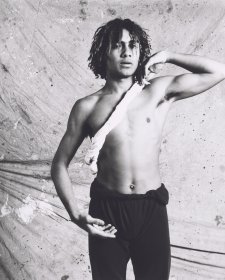
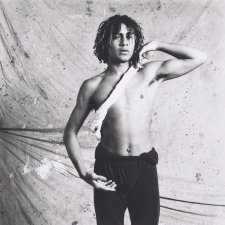
Daniel Browning delves into Tracey Moffatt’s Some lads series, recently acquired in full by the National Portrait Gallery.
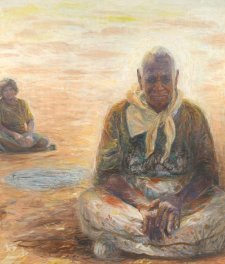
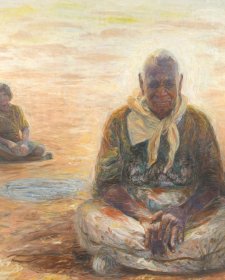
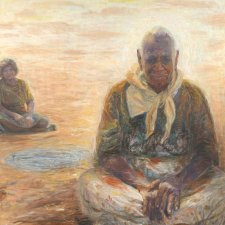
Joanna Gilmour reflects on 25 years of collecting at the National Portrait Gallery.